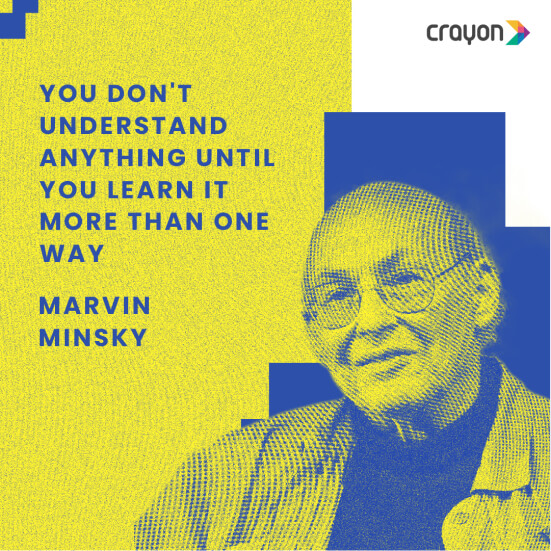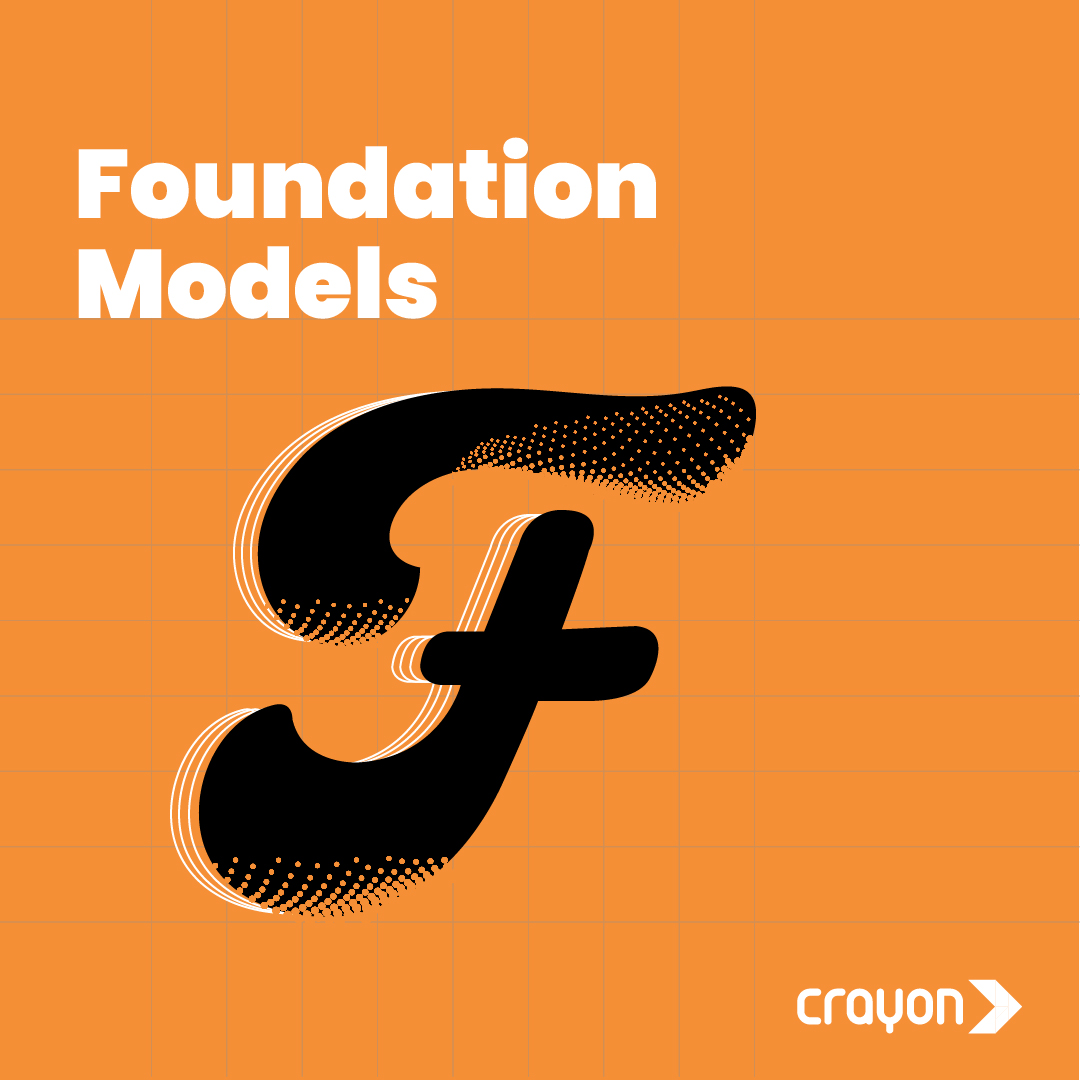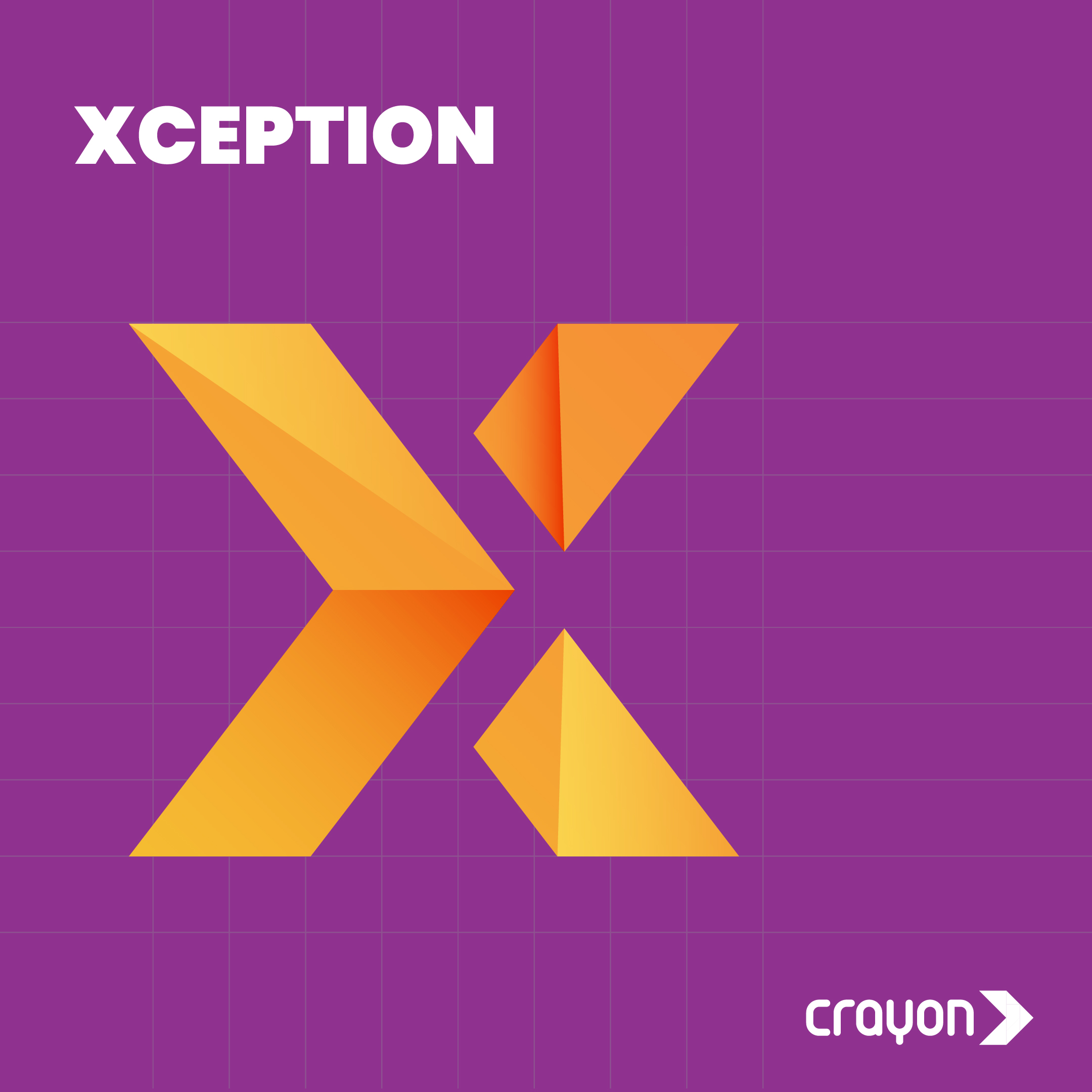
Legends of AI: Jürgen Schmidhuber
August 11, 2023
Legends of AI: Marvin Minsky
August 18, 2023#TheAIAlphabet
F for Foundation Models
Published August 17, 2023 | Shruti Nath
Foundation models are a type of artificial intelligence (AI) model trained on mountains of raw data, generally with unsupervised learning. Imagine asking your AI assistant to write a poem, create a new piece of music, or translate. With foundation models, these things are becoming a reality. They’re driving the Large Language Models (LLMs) and Diffusion models that have hypnotized the world.
Think of them as the grandmasters of pattern recognition. Like how Sherlock Holmes can deduce a lot from a glance, these models are trained on massive amounts of data, including text, images, and code. The model, trained on a large amount of unlabeled data, can learn to understand the patterns in the world around us, and be adapted to many applications.
Think of them as the grandmasters of pattern recognition. Like how Sherlock Holmes can deduce a lot from a glance, these models are trained on massive amounts of data, including text, images, and code. The model, trained on a large amount of unlabeled data, can learn to understand the patterns in the world around us, and be adapted to many applications.

When you train a foundational model, you teach it to learn. Once trained, you can fine-tune it depending on the task. This is much faster and more efficient than training a model from scratch for every new task.
Additionally, foundation models have many nascent skills. They’re still being discovered – otherwise referred to as AI’s ‘Emergence’. The blending of AI algorithms and model architectures are called homogenization, a trend that helped form foundation models. This led to the coining of the term Generative AI. It not only creates text, images, music, software and more, but also has the potential to yield trillions of dollars of economic value.
While foundation models and their derivatives continue to make waves, they are scrutinized and have sparked discussions about ethics, responsible usage, and bias. The general debate is around misleading content, as they can mimic human-like text, which raises the ethical issue in deploying them. While they are still under development and constantly evolving, they have the power to revolutionize the way we interact with AI.
These AI marvels are shaping how we interact with technology and unlocking new realms of possibility. So, next time you witness a computer generating art, conversing intelligently, or making uncannily accurate predictions, remember that you’re witnessing the power of foundational models.
Additionally, foundation models have many nascent skills. They’re still being discovered – otherwise referred to as AI’s ‘Emergence’. The blending of AI algorithms and model architectures are called homogenization, a trend that helped form foundation models. This led to the coining of the term Generative AI. It not only creates text, images, music, software and more, but also has the potential to yield trillions of dollars of economic value.
While foundation models and their derivatives continue to make waves, they are scrutinized and have sparked discussions about ethics, responsible usage, and bias. The general debate is around misleading content, as they can mimic human-like text, which raises the ethical issue in deploying them. While they are still under development and constantly evolving, they have the power to revolutionize the way we interact with AI.
These AI marvels are shaping how we interact with technology and unlocking new realms of possibility. So, next time you witness a computer generating art, conversing intelligently, or making uncannily accurate predictions, remember that you’re witnessing the power of foundational models.
Recent Blogs
Subscribe to the Crayon Blog. Get the latest posts in your inbox!





